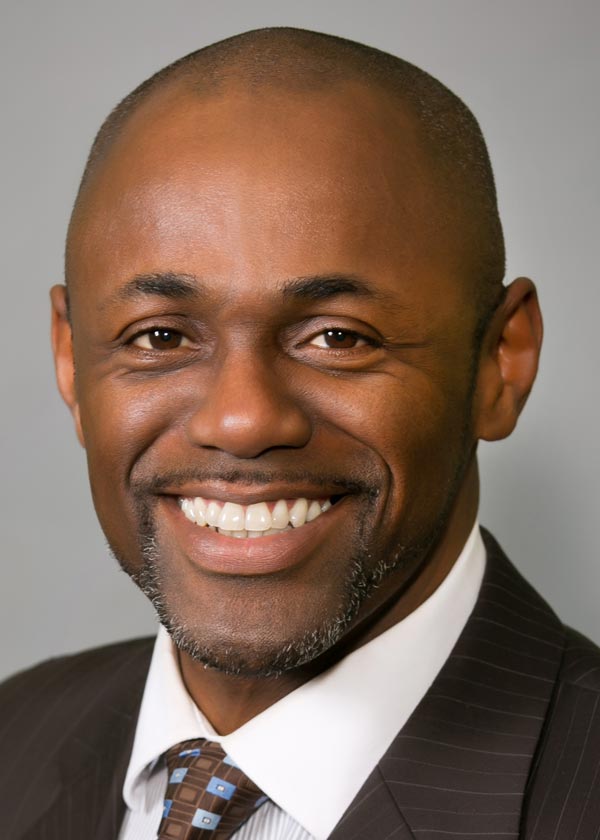

This lack of investment has hurt all students, but the students who have suffered most are those who live in poverty, who find themselves in a minority, who speak another tongue as their first language or who have special needs. This is a gross disservice to these students and to the American ideal of equal opportunity. America’s public schools systems are designed to be the great equalizer, the ladder to social mobility that secures democracy and the American dream. When we sell our schools short, we compromise our potential as a nation.
Underinvestment in education is not limited to California, but we see some of its worst examples here in our state. We have some of the lowest staffing levels in the country, some of the worst student–teacher ratios, and more students per counselor, librarian and nurse than just about any other state. Despite being home to the largest economy of any state, California ranks 41st in per-pupil funding and 45th in the percentage of revenues devoted to education. If California spent just what the average state spends on education — 3.4 percent of taxable income — that would result in an additional $12 billion annually for our schools.
Declining investment in education has been accompanied by the increasing need of our student population. California has more poor students than a typical state (coupled with an exorbitant cost of living in some areas) and the highest number of English learners. Yet, we are investing less than many states with smaller high-need populations. States like New York and New Jersey are nearly doubling California in per-student funding, and the legacy of underfunding can be seen in our student outcomes. Our students deserve better. We it owe it to ourselves to do better by them.
According to a recent Cabinet Report article, research has shown that schools funded at higher levels often have better wraparound services, more experienced teachers, smaller class sizes and increased access to technology and resources — all of which lead to better student achievement. For children from low-income families, better-funded schools lead to an increased high school graduation rate and higher earnings in adulthood.
California has many districts and county offices of education that are thriving by inspiring, innovating and preparing students for life after graduation. Those results, however, need to be universal, not concentrated in geographic or socioeconomic pockets. Much of our success as educators, and the success of this state, will depend on how well we educate students that have been historically underserved and how quickly and effectively we can close opportunity and achievement gaps. In order to provide all students with a high-quality education, we need to be much more focused on questions of equity and questions of adequacy, or what I call “full and fair funding.”
In 2018, CSBA will continue and expand the fight for full and fair funding. I’m honored to occupy the presidency at this critical moment for our public schools, and I eagerly await your partnership as we take definitive action to rectify years of underinvestment and secure the resources that can help provide a high-quality education for all California students, regardless of background. This is hard work, but it is also our most important work. It is our obligation to ourselves, our children and our state to return California to its place of leadership and to prepare all students for college, career and civic life.